Drawing an Action Scene Anime
Anime And Manga
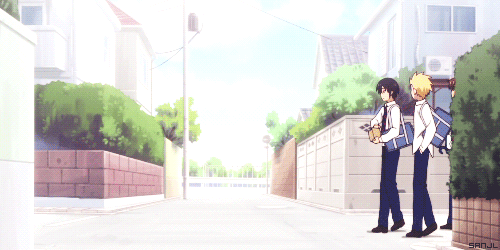
How to Draw Manga! Tips and Tricks: Action Scene Basics Introduction
Action scenes are a key part of any manga, whether they be a placid shoujo to a shounen mecha showdown. Action scenes are a dynamic action driven panel showing a fight or action against an inanimate object, or a passionate realisation. All of these follow a similar formula to create the action sequence.
Setting the Scene
When creating an action scene first consider the what action is being performed and how the two objects/subjects are interacting, i.e. show the force of the movement. For a person, it they are being hit, they will reaction in accordance to the force applied.A common way of achieving this is using the < shape to indicate where they are being hit. Take into consideration anatomy; if a person is being hit in the stomach they will produce a nice < shape with their head and shoulders coming forwards, whilst the hip becomes the point at the back, but if they are hit in the middle of the back there is not as much of a > shape, more a slight tilting of the head back, but little else. In another example, hitting the back of the knee will cause a person to crumple, but hitting the front directly would just push their weight backwards (and lead them into kicking back). In the rough example below, the figure is being kicked square in the stomach, sending them backwards. Flaying out arms and legs will give even more movement and 'power' to the kick. If the person is impacting a hard object they may 'bounce' a little after hitting it.
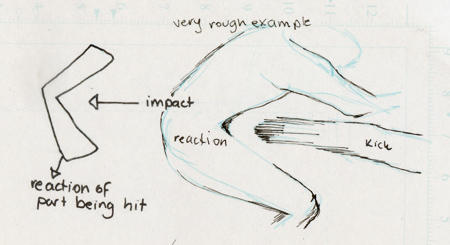
Other useful effects include using close ups of faces and fists or feet to indicate the close combat and typically when fighting someone, the characters are looking at their opponent, angling the 'camera' to catch this emotion and gaze adds to the intensity of the action sequence. Showing expressions such as gritting their teeth, grimacing or yelling are also ways to convey the action sequence.
Characters being attacked need to react to their opponent, whether it's to be hit or to dodge a hit, their expression and movement needs to be considered as they need to react as much as the 'hero' of the scene.
A slightly more advanced basic technique is called 'many sections' which is portraying a fist or kick hitting so quickly it seems as if the character has multiple arms or legs. A perfect example of this is Jotaro in the manga Jo Jo's Bizarre Adventure, his main technique is fast flying punches from his Stand, Star Platinum. This technique is not only used for the 'attacker'; the 'victim' can be shown with multiple heads or arms to indicate the multiple points of impact.
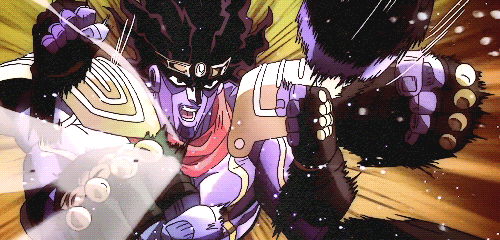
Using Line Effects
Lines and hatching techniques are outlined in Tips and Tricks: Pen and Ink Techniques Article These can be used to convey a sense of speed by changing the line art and adding in impact points and speed lines to assist. Hairstyles can also be manipulated to show the force at which the character is expressing the action, using speed lines and gradating speed lines to change the intensity. Modifying the direction and adding in 'sweat drops' or 'blood splatters' will also increase the effect. The following example shows non-gradated speed lines made with a multi-liner, and gradated are lines that are thicker at one end. Speed lines are typically ruled, as non-ruled seem haphazard and can be made to start and end at the same point, indicating sudden movement (sudden start, sudden stop). Also can have different start and stop points per line or even be curved using a french curve or ellipses. Speed-lines can be used to replace sections of line art of the moving object to give it the sense of moving.
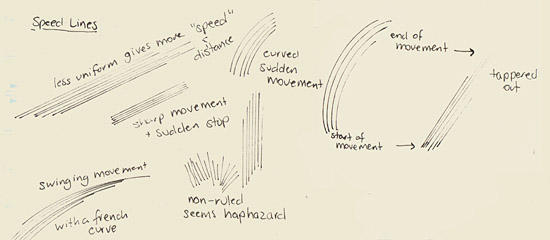
Beta-flashes are also a useful part of an action scene, they can indicate a sudden thought or sound. They can be uniform, different shapes or even curved with a French curve. The key part of a beta-flash is they have a centre that all the lines intersect with. A common approach is to gradate the lines towards the centre, but don't cross it. The following example only shows these lines, it was made with a 0.1 technical pen. The lines are more useful if thicker at one end as the background is typically coloured black.
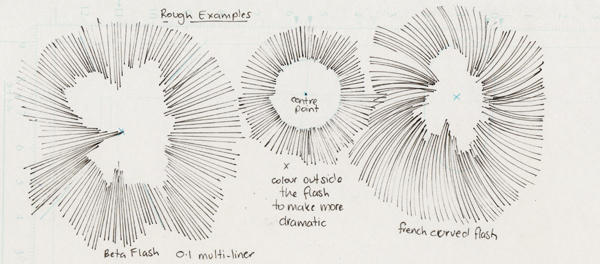
A final 'action' technique is the impact. It can be a freehand jagged speech bubble, or have a a combination of speed lines or a be a partial beta-flash. It doesn't even need to be a full closed point, it can be just the top or side, depending on the desired effect.

Screentones and screen tone effects can also be used to produce speed-lines and beta-flashes without having to draw them each time, the only drawback with this (other then needing to have them on hand) is that they are not as unique as having drawn them yourself, but they are an easy shortcut.
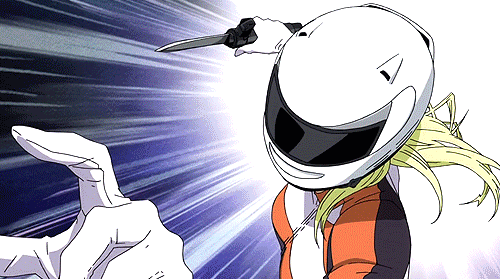
References, Tutorials and Guides
The following guides and tutorials go over these ideas in much greater detail and provide some great reference poses to assist:
Action scenes are all about movement, reaction and effects. Plan out your artwork to where you want your characters interacting and what they are interacting with and modify your lineart to colouring to produce the sense of movement.
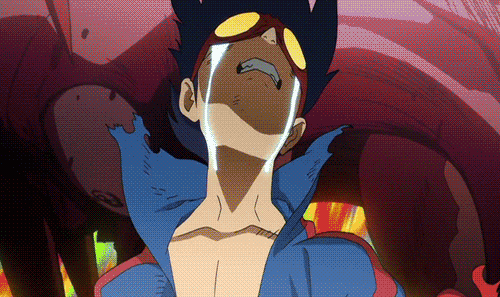
![]() Want to suggest a theme or provide article content? Want to see other articles?
Want to suggest a theme or provide article content? Want to see other articles?
Visit: Tips and Tricks: Introduction and Master List


Source: https://www.deviantart.com/khallandra/journal/Tips-and-Tricks-Action-Scene-Basics-550328006
0 Response to "Drawing an Action Scene Anime"
Postar um comentário